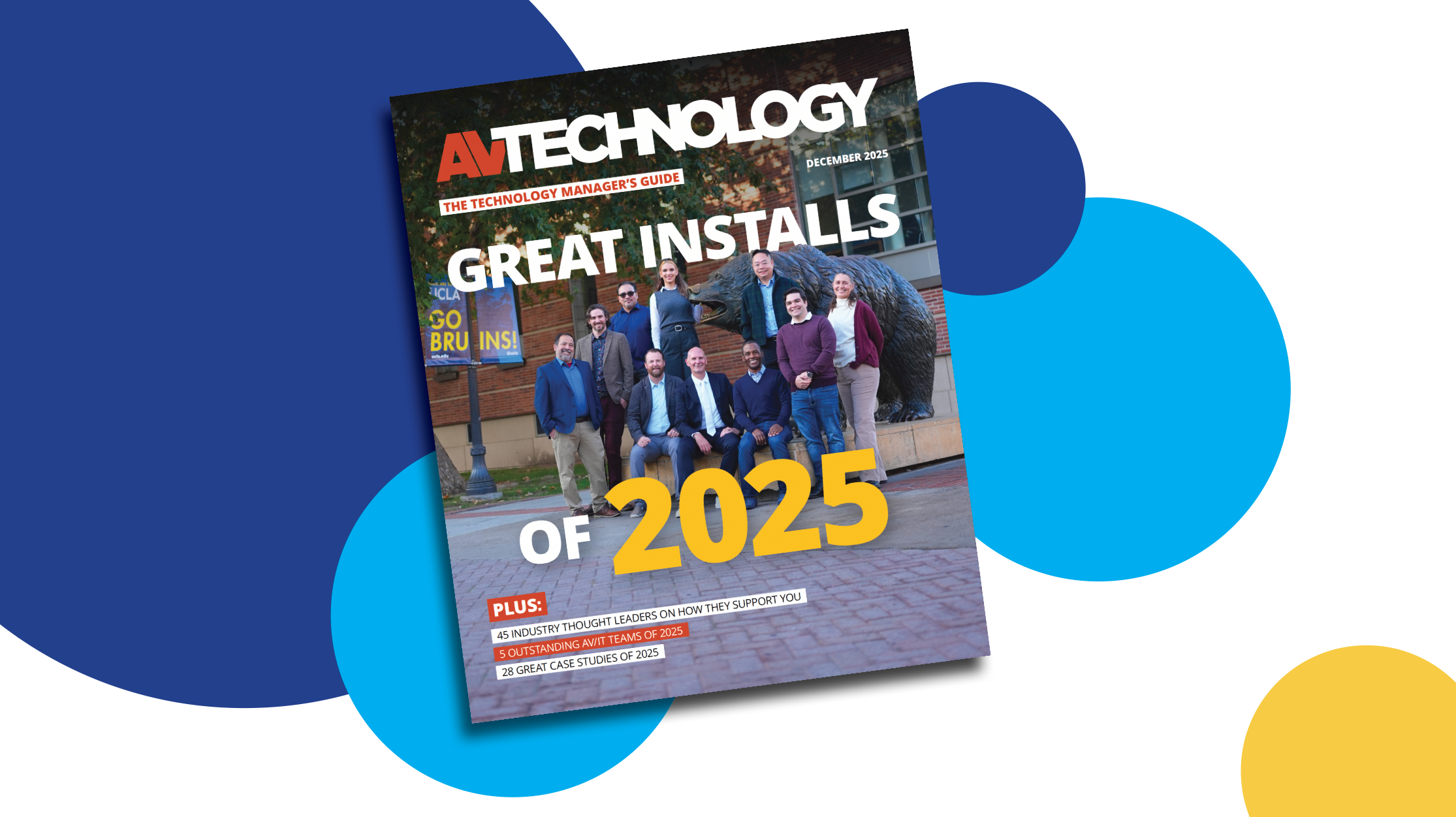On Higher Ed Tech: Nanolumens
Kurt DeYoung, Chief Revenue Officer at Nanolumens shares insight into designing the higher ed classroom for today and the future. Part of AV Technology's Thought Leader Series.

AVT Question: Please share insight and best practices for designing the higher ed classroom for today and the future.
Thought Leader: Kurt DeYoung, Chief Revenue Officer at Nanolumens
As a LED manufacturer, we understand the challenges that AV/IT managers face in designing higher education classrooms for both the present and the future. Remote learning has become an essential part of the education landscape, and it’s essential to design classrooms that can accommodate it.
One of the most important things to consider when designing for the future is the need for discussions inside and outside the classroom while keeping everyone engaged. Classroom content should be fluid, whether it is on a laptop, whiteboard, or other presentation methods, and so the canvas that is used needs to be clear with superior color reproduction. Ideally, it is also seamless, avoiding multiple tiles and lines that affect how the content is received.
Designing higher education classrooms for the present and the future requires careful consideration of scalability, compatibility with new technology, and reliability." —Kurt DeYoung, Chief Revenue Officer at Nanolumens
Another key consideration is compatibility with emerging technology. Higher education is constantly evolving, and new technologies are being developed all the time. It’s essential to choose AV equipment that can keep up with these changes. Display formats need to be optimized to match and enhance different technologies that allow students to collaborate efficiently. LED displays can be integrated with other AV/IT systems, such as video conferencing software and control systems.
Finally, it’s essential to choose AV equipment that is reliable and easy to maintain. LED displays are built to last, with a long lifespan and minimal maintenance requirements. This means that classrooms can be designed to provide years of reliable service, without the need for frequent upgrades or repairs, providing the learning establishment with a large ROI.
In summary, designing higher education classrooms for the present and the future requires careful consideration of scalability, compatibility with new technology, and reliability.
A daily selection of features, industry news, and analysis for tech managers. Sign up below.

Cindy Davis is the brand and content director of AV Technology (AVT). She was a critical member of the AVT editorial team when the title won the “Best Media Brand” laurel in the 2018 SIIA Jesse H. Neal Awards. Davis moderates several monthly AV/IT roundtables and enjoys facilitating and engaging in deeper conversations about the complex topics shaping the ever-evolving AV/IT industry. She explores the ethos of collaboration, hybrid workplaces, experiential spaces, and artificial intelligence to share with readers. Previously, she developed the TechDecisions brand of content sites for EH Publishing, named one of the “10 Great Business Media Websites” by B2B Media Business magazine. For more than 25 years, Davis has developed and delivered multiplatform content for AV/IT B2B and consumer electronics B2C publications, associations, and companies. A lifelong New Englander, Davis makes time for coastal hikes with her husband, Gary, and their Vizsla rescue, Dixie, sailing on one of Gloucester’s great schooners and sampling local IPAs. Connect with her on LinkedIn.
